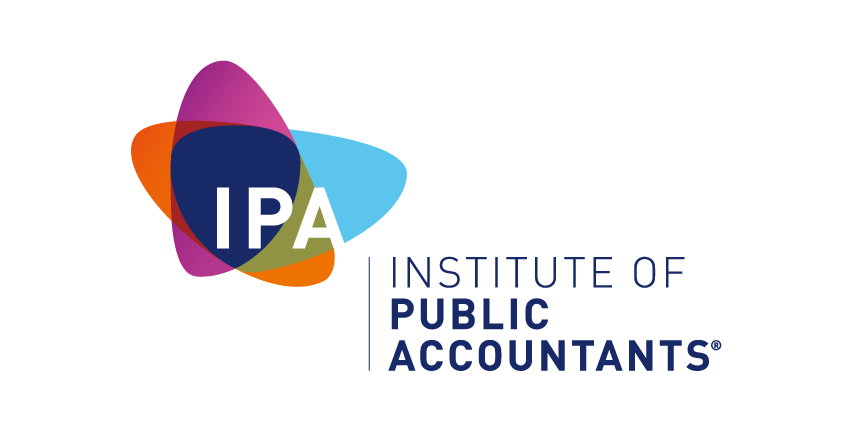“Fringe Benefits Tax (FBT) is the most misunderstood tax.”
What is a fringe benefit?
A fringe benefit is generally defined as a benefit not being salary, wage or other cash remuneration, derived from employment.
The advantage of a fringe benefit arrangement is two-fold: it provides employers with a way to give employees an incentive without increasing wages; as employees can exclude fringe benefits from their taxable income and it is deductible to the employer as a business expense.
What is the fringe benefit tax?
Fringe benefits tax (FBT) is a tax payable by employers when they provide fringe benefits to employees.
The FBT year runs from 1 April to 31 March.
The current FBT rate ending 31 March 2018, 2019, 2020 and 2021 is 47%.
The fringe benefits tax is separate to income tax and is calculated on the taxable value only of the fringe benefits provided.
As an employer it is important that you determine whether there are any tax advantages in offering fringe benefits to your employees.
Is your business liable for FBT?
You may be providing a fringe benefit tax if your business is providing any of the following:
- Car and car parking benefits
- Entertainment benefits
- Expense payments
- In-house benefits (e.g: free or discounted goods produced by the employer)
Is every fringe benefit subject to tax?
It is important to note that mobile phones, laptops, iPads etc. are usually exempt from Fringe Benefit Tax. Below are some examples of benefits that are not considered for FBT.
- Computer and tools of trade
- Mobile phones.
- Calculators
- Briefcases
- Some taxi travel to or from the workplace
- Some car parking
- Some minor benefits that have a value of less than $300
How do I register for the Fringe Benefit Tax?
It is recommend that you register for FBT once you have established that you are paying FBT.
You can Register for FBT
Online – if you already have an ABN using the Australian Government Business Registration Service
through your registered tax agent or
by lodging your annual FBT return.
If you are providing your employees with additional benefits you can learn how to calculate your FBT via the ATO website here.
How to submit a Fringe Benefit Tax?
Fringe Benefits Tax (FBT) tax year runs from 1st of April to 31st of March. You must then lodge your return and pay the total FBT amount you owe by 21st of May.
You can pay either annually or quarterly instalments with your (BAS), Business activity statement.
However if the FBT you were liable to pay for the previous year was $3,000 or more, you must pay quarterly FBT instalments with your activity statement with your annual FBT return and any related liability due no later than 21 May.
Keep track of your Fringe Benefit Tax records
The ATO requires Fringe Benefit Tax records be kept for a period of five years from the date of the relevant transaction.
The FBT records you need to keep show:
- The taxable value of each fringe benefit provided to each employee. Some examples of records you may need to keep are invoices, receipts, travel diaries, logbooks, odometer records and employee declarations
- The method you used to allocate the taxable value of a fringe benefit
- That 100% of the taxable value of the benefits has been allocated to employees.
So what is the reportable fringe benefit?
Although FBT is paid by the employer, the benefits received by the employee must also be reported by the employer on the employee’s PAYG payment summary (formerly known as group certificate) as reportable fringe benefits if the benefit exceeds $2,000. This is a ‘grossed up’ taxable value exceeding $2,000 in value in an FBT year. (1 April to 31 March)
While employees do not pay income tax or Medicare levy on fringe benefits the amount of reportable fringe benefits is taken into account by the government and is included in means (income) testing. This can affect an individual’s liability/eligibility for a range of government charges/entitlements.
- Medicare levy surcharge (not the standard Medicare levy);
- Deduction for personal superannuation contributions;
- Government Super Co-contribution;
- Tax offset for eligible spouse superannuation contributions;
- Higher Education Contribution Scheme (HECS) and Higher Education Loan Program (HELP) repayments;
- Child support obligations; and
- Entitlement to certain income-tested government benefits (refer to Centrelink website for more information).
Summary
For additional information the tax office provides an FBT guide for employers, available on its website www.ato.gov.au.
If you’re not sure if your business has a FBT liability or not contact us here
and will be able to accurately advice on the fringe tax benefit, based on your circumstances.








